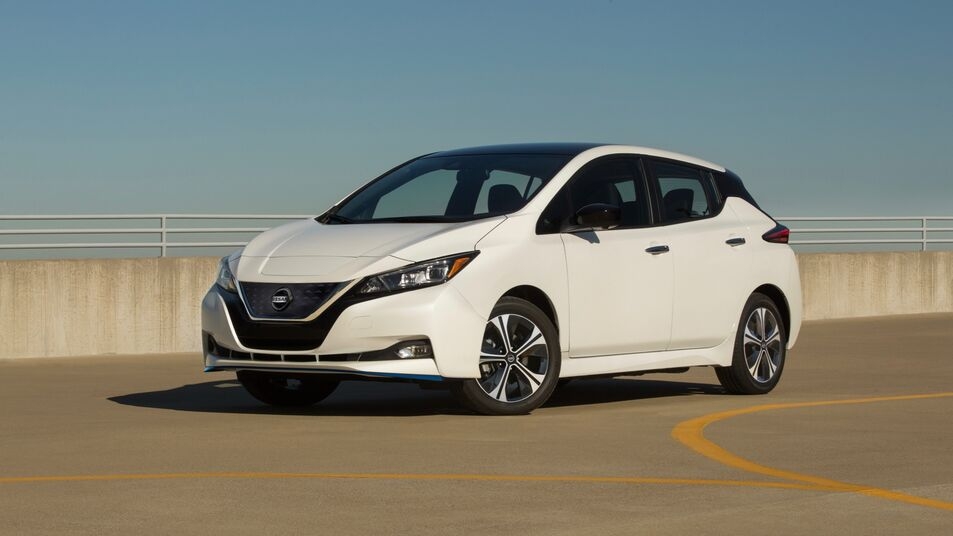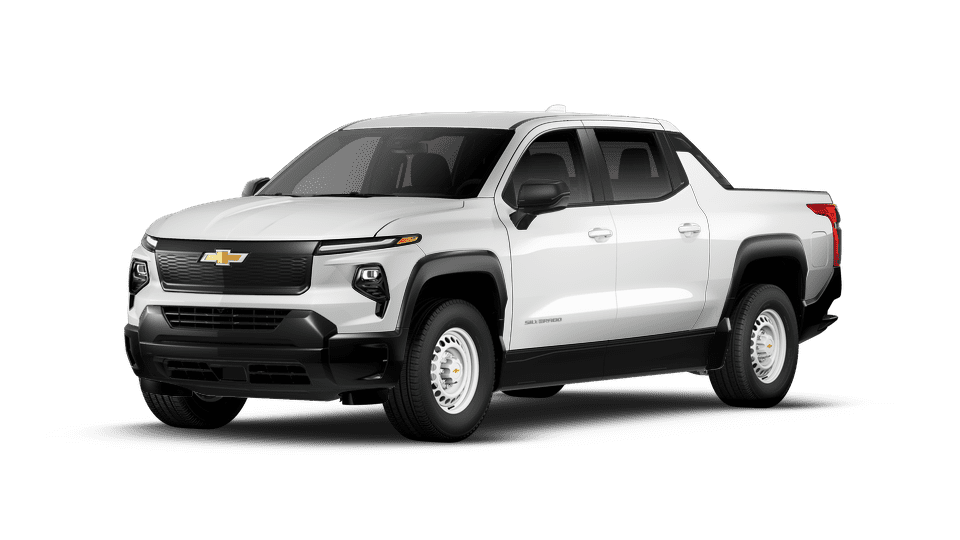Cold, Frustrated, and Stuck at 38 kW — Sound Familiar?
You pull into a fast charger. It’s freezing outside. You’ve got somewhere to be. The screen lights up. Your EV starts charging. And you wait… and wait. Ten minutes go by. You’re still under 50 kW. The charger says it supports 250. Your car said it would do 10–80% in 20 minutes. But now it looks like 45.
Here’s what happened: your battery was cold, and you didn’t precondition.
Most drivers don’t even know what battery preconditioning is — until they find themselves staring at a charger screen that’s crawling. And by then, it’s too late. The charge curve is flat, the session is slow, and your whole day is now behind schedule.
In 2025, with EVs more capable than ever, preconditioning still remains one of the most misunderstood and underused tools for fast charging, winter driving, and even long-term battery health.
This blog is your real-world guide. What it is, why it matters, which used EVs do it right — and what happens when you don’t use it.
What Battery Preconditioning Actually Is — and What It Isn’t
Let’s keep this simple. Battery preconditioning means warming up your EV’s battery pack before a fast charge.
It’s not the same as heating the cabin. It’s not just “warming the car up.” And it doesn’t happen automatically on most EVs unless you tell it to.
Lithium-ion batteries don’t like to be charged when they’re cold. The chemistry slows down. Resistance goes up. Charging speeds collapse. You can try to force a session, but your EV will limit power to protect itself.
A warm battery = faster charging, better regen, better performance, and more usable range
A cold battery = slow charging, weak regen, reduced range, and wasted time at chargers
Preconditioning brings the pack up to optimal temp — around 70°F internally — so that when you plug in, the car can pull full power immediately.
It’s a feature every EV should have, but not every EV makes easy to use. And that matters more than ever in 2025, especially for buyers shopping used.
What Happens When You Skip It
Here’s what actually goes wrong when you pull up to a charger with a cold battery and no preconditioning:
Charging starts at 25–40 kW, even on a 150–250 kW charger
The car begins warming the battery — using energy from the charger
It takes 10–20 minutes before the charging speed ramps up
You waste the most important part of the charging session — the low SOC range
You may leave the station before hitting usable range if you’re in a hurry
You end up with a 50-minute session that should have taken 25
Even worse, repeated cold charging without preconditioning can increase battery wear over time. The cells are stressed by high internal resistance. And regen braking is often reduced too, meaning you burn more range and feel less confident driving in snow or ice.
Now let’s talk about the EVs that handle this well — and the ones that don’t.
Tesla: Still the Gold Standard for Preconditioning
If you route to a Supercharger using the car’s built-in navigation, Tesla will automatically precondition the battery on the way. You’ll hear the fans kick in. The system warms the cells without user input. No guesswork.
This is why Teslas consistently deliver fast charging, even in winter. A Model Y or Model 3 that’s been driving 15–30 minutes with preconditioning active will hit 150–180 kW right away, even at 25°F.
Used Teslas from 2020+ with heat pumps are even better at holding heat. And battery degradation has little impact on warming behavior — the systems just work.
If you don’t use nav? You don’t get preconditioning. Tesla keeps it tied to route guidance to avoid unnecessary energy draw.
Best practice: Always route to your Supercharger, even if you know where it is. That triggers the thermal system and ensures full charging speed on arrival.
Hyundai Ioniq 5 / Kia EV6 AWD: Great System, But Easy to Miss
Hyundai and Kia’s E-GMP platform supports full battery preconditioning — but only if you enable it through the infotainment system and route to the DC fast charger through the car’s native nav system.
Most owners don’t know that. And as a result, many Ioniq 5s and EV6s arrive at chargers cold and charge slow, even though they’re capable of 230+ kW.
If done right, these cars will hit over 170–180 kW at 25–30°F. Without it, expect 30–60 kW for the first 10 minutes.
Used AWD trims come with heat pumps standard, which helps maintain pack warmth once you’re moving.
Best practice: In cold weather, always use the built-in nav to set your charger destination. Make sure preconditioning is toggled on in settings.
Ford Mustang Mach-E: Better Than Before, Still Finicky
Ford added preconditioning support via software updates, but it only activates if you use Ford’s native navigation and select a DC charger as the destination.
Early owners didn’t have access to this feature at all. Post-2022 models (with updates applied) now show “Battery Conditioning Enabled” on the screen during navigation.
If you skip the nav system, or just plug in cold, the Mach-E will charge very slowly for the first 20–25 minutes — especially in freezing temps.
What’s worse: older Mach-Es without the heat pump warm more slowly and hold heat poorly once the cabin cools.
Best practice: Always use Ford’s nav system to route to Electrify America stations in the cold. Make sure software is up to date. And give the car at least 15 minutes of pre-warming drive time.
Rivian R1S / R1T: Solid Performance, User-Dependent
Rivian supports battery preconditioning but doesn’t do it automatically — unless you route through the onboard navigation system.
Most owners report strong performance if they pre-warm. Without it, Rivian’s Large Pack can take 10–15 minutes before charging reaches full speed. In extreme cold, sessions may hover below 60 kW for up to 20 minutes.
The good news: the R1 platform manages heat well once it’s warm. Dual-motor variants are particularly efficient at maintaining charge readiness after long drives.
Best practice: Use the built-in nav to route to DC chargers. Or manually trigger a warm-up session from the app. Never just pull in cold.
BMW iX / i4 / i7: Quietly Excellent Thermal Management
BMW’s newer EVs — including the iX and i4 — handle preconditioning well. The system pre-warms the pack when you set a route to a DC fast charger through the car’s nav, and the charging behavior is smooth and predictable.
Unlike most competitors, BMW also offers scheduled preconditioning, which allows you to warm the battery and cabin before departure — whether plugged in or not.
That’s especially helpful in cold mornings where you know you’ll be charging later that day.
In testing, iX models routinely hit 150–180 kW at 25°F with proper preconditioning. Even older packs (60K+ miles) show minimal performance loss.
Best practice: Always use BMW’s built-in route planner to chargers. For routine commutes, schedule pre-warming in advance via the iDrive system or BMW app.
Chevy Bolt EV / EUV: No Preconditioning, No Surprises
The Bolt doesn’t offer battery preconditioning — at all. You can warm the cabin. You can keep it plugged in overnight. But you can’t raise the battery temp before a charge without driving.
As a result, cold weather fast charging is slow. Most Bolts take 30–45 minutes to reach 80%, even on a 150 kW charger — and that number jumps in freezing weather.
That said, the Bolt’s flat charge curve means the charging experience is consistent — it just never gets fast.
Best practice: Avoid fast charging the Bolt in deep cold unless you’ve been driving for at least 30 minutes. Charge at home whenever possible in winter.
Nissan Leaf: No Active Thermal Management, Big Winter Drop
The Leaf doesn’t have preconditioning — because it doesn’t have battery thermal management at all.
That means in cold weather, charging drops dramatically. Owners report sessions under 30 kW even on CHAdeMO fast chargers. And there’s no way to improve this beyond extended driving before charging.
In hot weather, it’s worse — back-to-back fast charging sessions cause the pack to overheat, triggering thermal limits that slow charging for hours.
Used Leaf buyers in 2025 should avoid relying on DC fast charging entirely — and stick to Level 2 at home or at work.
What Preconditioning Does for Battery Health
It’s not just about charging speed. It’s about long-term battery health.
Repeatedly charging a cold battery causes internal stress. Lithium plating can occur, where metallic lithium deposits on the anode surface. That permanently reduces capacity and increases the risk of future charging issues.
Modern EVs limit this by throttling speed — but the only true fix is warming the pack first.
Used EVs that were routinely preconditioned before DC fast charging often show better long-term battery health and fewer issues with cell balancing or voltage variation at higher mileage.
Preconditioning = faster charging today and a better battery tomorrow.
What We Think
Battery preconditioning is the difference between frustration and confidence. Between a 45-minute stop and a 20-minute top-up. Between charging that just works — and charging that doesn’t.
If you’re shopping used in 2025, don’t just look at range and charge speed. Look at how the car prepares itself for charging, especially in winter.
The EVs that get it right:
Tesla (Model 3/Y/S/X): Always precondition if routed via nav
Hyundai Ioniq 5 / Kia EV6: Strong speed, but nav-only activation
BMW iX / i4: Quiet preconditioning champions, with schedule support
Rivian: Capable, but only if manually warmed or routed
Mach-E: Improved with updates, but use Ford’s nav
Bolt / Leaf: No preconditioning. Plan for slower sessions
When it’s 20 degrees and you’ve got 7% battery left, you don’t want to be guessing. You want an EV that’s ready to charge — right now.








